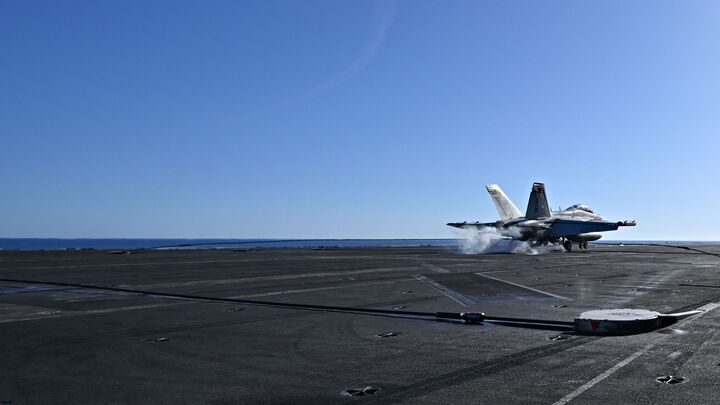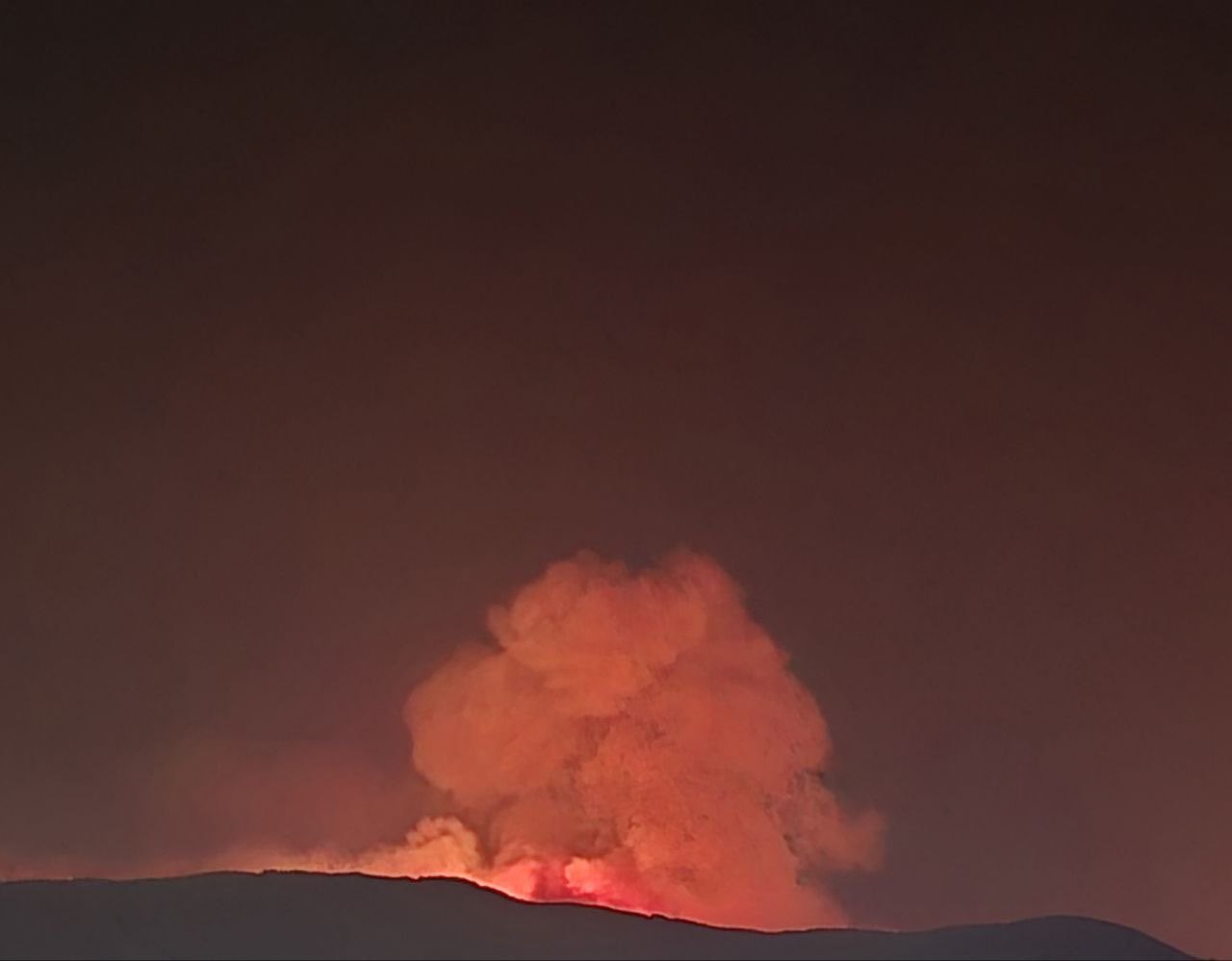
Barran Press
On Tuesday, a U.S. fighter jet fell off the USS Harry S. Truman and into the Red Sea, according to the U.S. Navy. This is the second time this has happened in just over a week.
The Navy reported that the Super Hornet, attached to Strike Fighter Squadron (VFA) 11, was attempting to land on the carrier's flight deck when the aircraft's arrestment system failed. This malfunction prevented the jet from stopping as intended, leading it to go overboard.
The Navy further added that both pilots were able to eject from the aircraft and were safely recovered by a search and rescue helicopter from the Helicopter Sea Combat Squadron. One sailor sustained minor injuries during the incident.
This revelation followed the U.S. Navy's announcement on April 28, 2025, regarding the loss of an F/A-18 Super Hornet after it fell from the USS Harry S. Truman in the Red Sea.
Since March 15th, U.S. aircraft have conducted hundreds of strikes targeting Houthi positions, weapons depots, headquarters, and operations rooms in six governorates under the group's control. These actions were in response to the Houthis' targeting of international shipping in the Red Sea and Arabian Sea.
Just yesterday, Tuesday, the Omani Ministry of Foreign Affairs announced a ceasefire agreement between the United States of America and the Iran-backed Houthi group. This agreement came after nearly two months of intensive U.S. airstrikes against Houthi targets and hideouts.
According to the Omani Foreign Ministry's statement, the agreement stipulates that neither side will target the other in the future, including ships in the Red Sea, ensuring freedom of navigation and the flow of international commercial shipping.
The Omani announcement came hours after a statement by U.S. President Donald Trump, who claimed that the Iranian-backed Houthi group had informed him of their surrender and cessation of attacks on commercial vessels in the Red Sea and Arabian Sea. Consequently, Trump stated that the U.S. would halt airstrikes against the group in Yemen.





